How useful is a painting for deciding whether or not to buy a dress? Or to describe today’s fashion trends? I’d say, it probably wouldn’t be all that effective. For many centuries women have favored multi-dimensional images over flat paintings or drawings for viewing clothing. From the 1300s to the 1800s the elite throughout Europe enjoyed seeing the fashions of neighboring countries through the use of Pandoras; fashion dolls that were exchanged to allow for the experience of foreign fashions.
But while today many fashion historians study the pages of early women’s magazines such as Godey’s Lady’s Book, fashion dolls have been largely forgotten. I’ve done some digging and a lot of reading on the topic and think that Recollections readers will be pleased to know the history of this cute fashion marketing trend from the past.
Gifts between nobles
The scholarly articles I read state that dolls used for fashion display may have existed in ancient times, with one suggesting a small doll found in King Tut’s tomb may have been used for this purpose. But while the use for ancient dolls is hard to completely interpret, it is known that fashion dolls were in use by the 14th century, though extremely limitedly. Until the 1700s they were exchanged between nobles as impressive gifts that also showed off a country’s high-end clothing.
In the medieval period, fashion dolls were considered to be among the most luxurious of gifts and only available to the most wealthy. There is a large handful of references to the custom of royal families exchanging them beginning in 1321 when the French queen sent one to the English queen. From this time until the dolls ceased to be luxury items and impressive gifts, royal women would keep them in special display cabinets.
One of the most famous noblewomen to enjoy fashion dolls was Isabelle D’Este, the Marchioness of Mantua who rose to extreme prominence in the 1500s. Known as quite the fashionista, there is even a record of the court of Charles V of Spain requesting dolls to be sent to display Italian fashions to the ladies-in-waiting:
“Some of the queen’s ladies-in-waiting ask me to have sent to them from Italy a doll dressed entirely in the style you wear there. So, I beg Your Excellency to commission and send such a doll with other accessories for women, such as a headdress, to give to the Lady Donna Magdelena Manricha, one of the ladies of the said queen.”
This letter demonstrates the importance of the doll to exhibit unfamiliar styles and the necessity of viewing three-dimensional images of clothing
Queen Elizabeth I and Mary of Scots were also known to be collectors of fashion dolls.
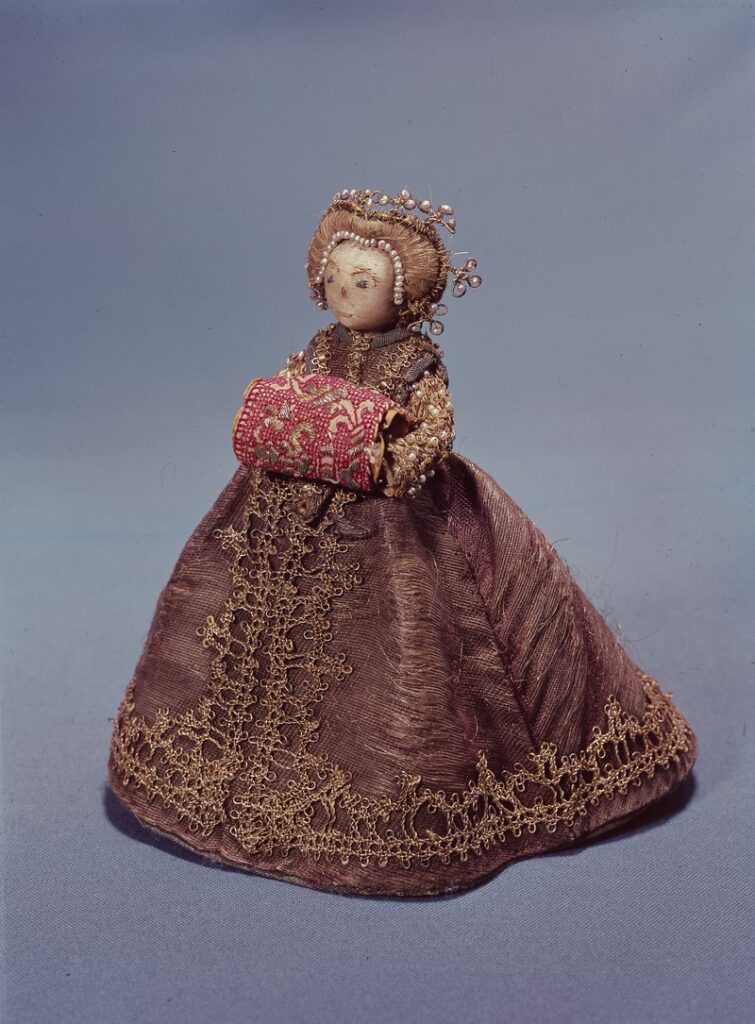
Fashion Babies
The eighteenth century saw an expansion of France’s reputation as the fashion capital of the world and increased trade between European countries. This resulted in the dolls being slightly more mass-produced. Says Lydia Maria Taylor in her article Pandora in the Box: Traveling Around the World in the Name of Fashion:
“These Pandoras were sent out by French fashion houses to England, Germany, Spain and Italy, sometimes to exhibit the details of their dresses, and sometimes for the details of their coiffures alone – as in a doll which Madame de Sevigne sent to her daughter, or the thirty coiffured dolls which were exhibited at the annual show of Saint-Ovide in 1763.”
Fashion quickly became accessible to the masses and by the nineteenth century, the dolls were being used in tailor’s shops to display available clothing. They were called fashion babies and besides being seen in store and tailor shop windows, wealthy French women were known to have one or two in their walk-in closets.
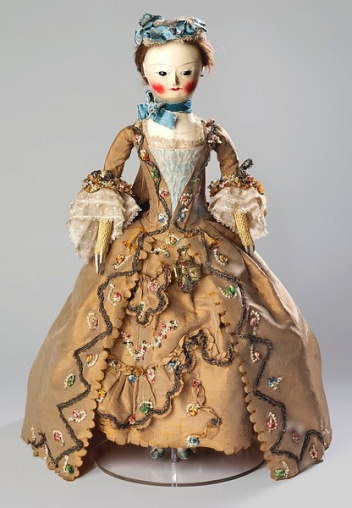
The making of a fashion doll
Says Taylor of the construction:
“The doll’s body and head were carved by hand from one piece of wood, which had been turned on a lathe. The legs were made separately and attached at the hips and knees to the Pandora’s body. The lower arms and hands were also crafted of wood; in contrast, the upper arms were ‘[…] made of either soft linen fabric or kid leather, attached to the torso’.
Furthermore, the fashion dolls all had either painted hair or wore wigs made of flax or wool. The hair of the dolls was designed to be worn in the popular style of the time because it was absolutely essential that besides wearing the right clothes, the Pandora had the latest hairstyle as well as accessories that matched her wardrobe.”
During the 1700s, the hairstyles and accessories of the dolls would have been almost as important as the clothing. And, my favorite detail is that each doll would have been dressed in the proper undergarments of the time. How adorable is that?! We are talking proper stockings, corsets, stays, petticoats, and chemises. no detail was set aside.
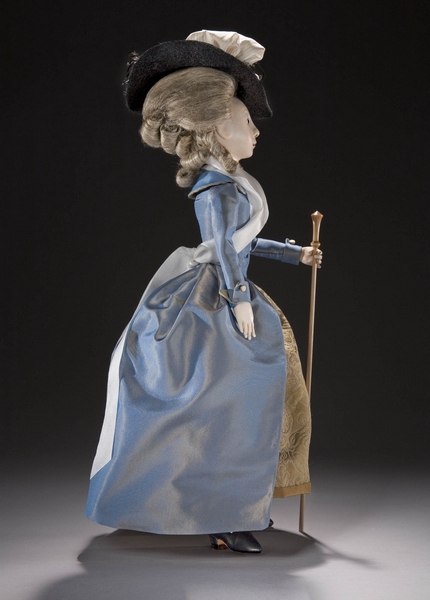
Image source: Anya Georgijevic
Print overtakes the Pandora doll
With the rapid onset of fashion magazines, fashion dolls became less necessary and then obsolete due to their high cost compared to print images. For a time, paper dolls became a popular way to demonstrate how clothing would look on the female form, but with unstoppable industrialization, this too became unnecessary. Dolls stayed put as toys and novelty items. Interestingly, there has been very little research done into the use of Pandora dolls to share fashions amongst the elite. This could be because so few of them have survived or because fashion plates and photography were so quick to take over.
A famous comeback
Anything you read about Pandora dolls is sure to mention Theatre de la Mode, the well-known French fashion exhibit that toured from 1945-1946. Why? Because the show displayed the most pinnacle of French couture using dolls. I started to dig into the show planning to include it in this post but quickly discovered that it is a topic all its own. So please keep your eyes on the Recollections blog as I will be covering the Theatre de la Mode soon!
Cover image from the Victoria and Albert Museum Collection
More fashion fun:
Emilie Flöge: a woman to be remembered

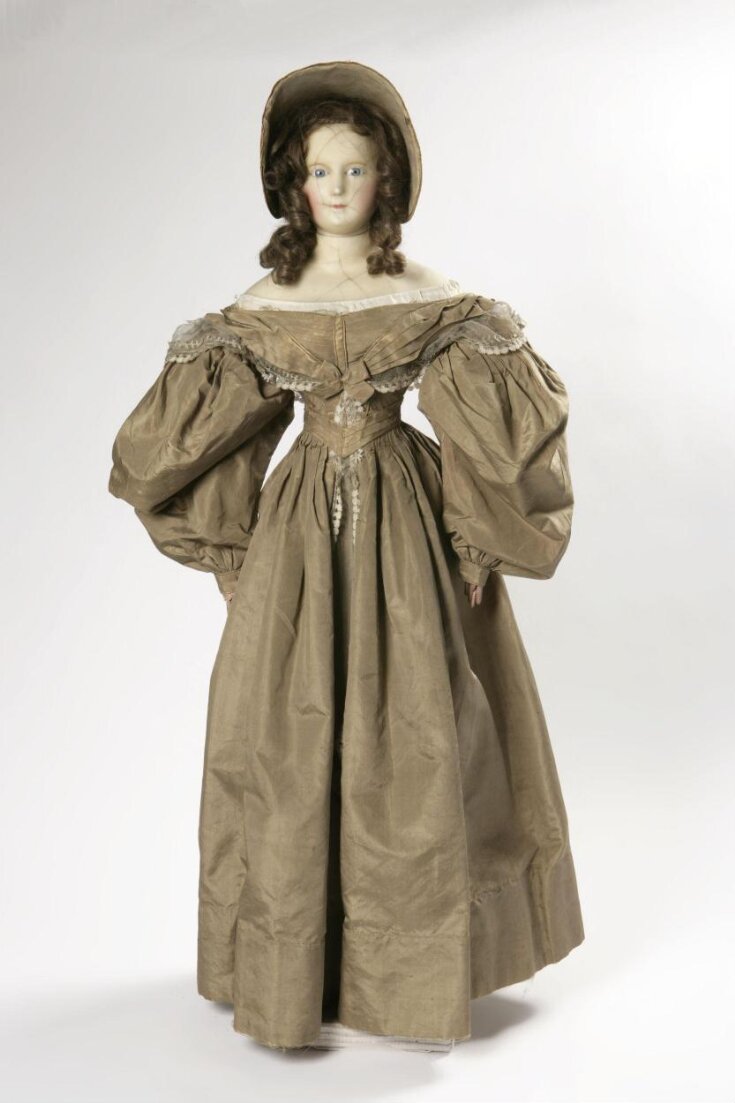
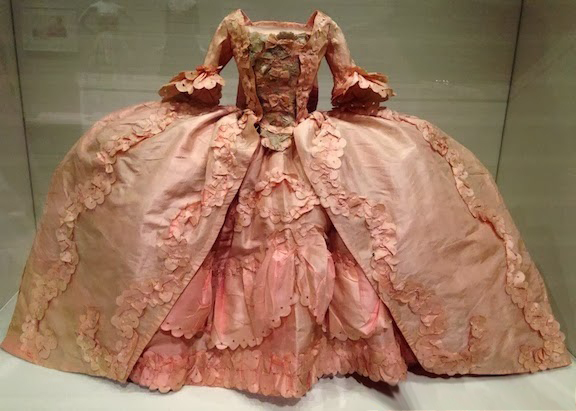
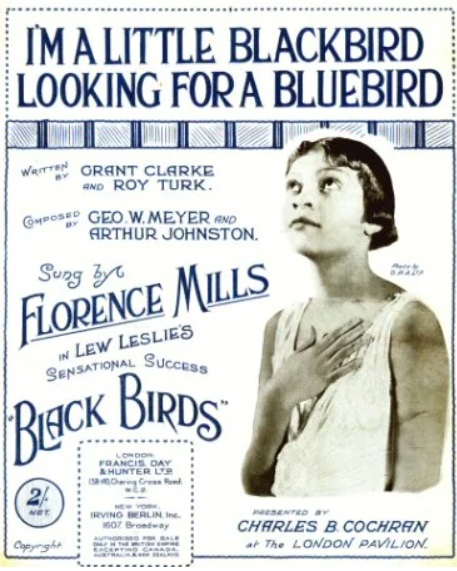
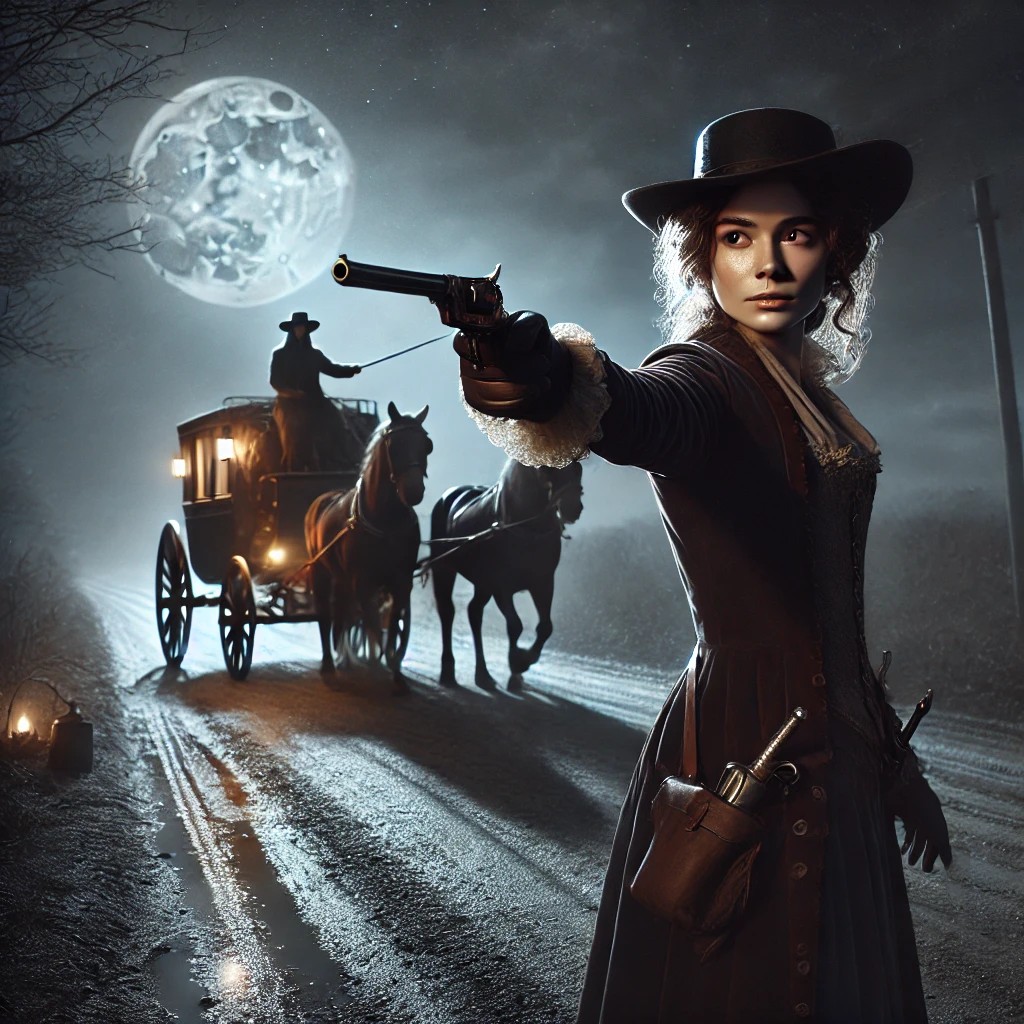
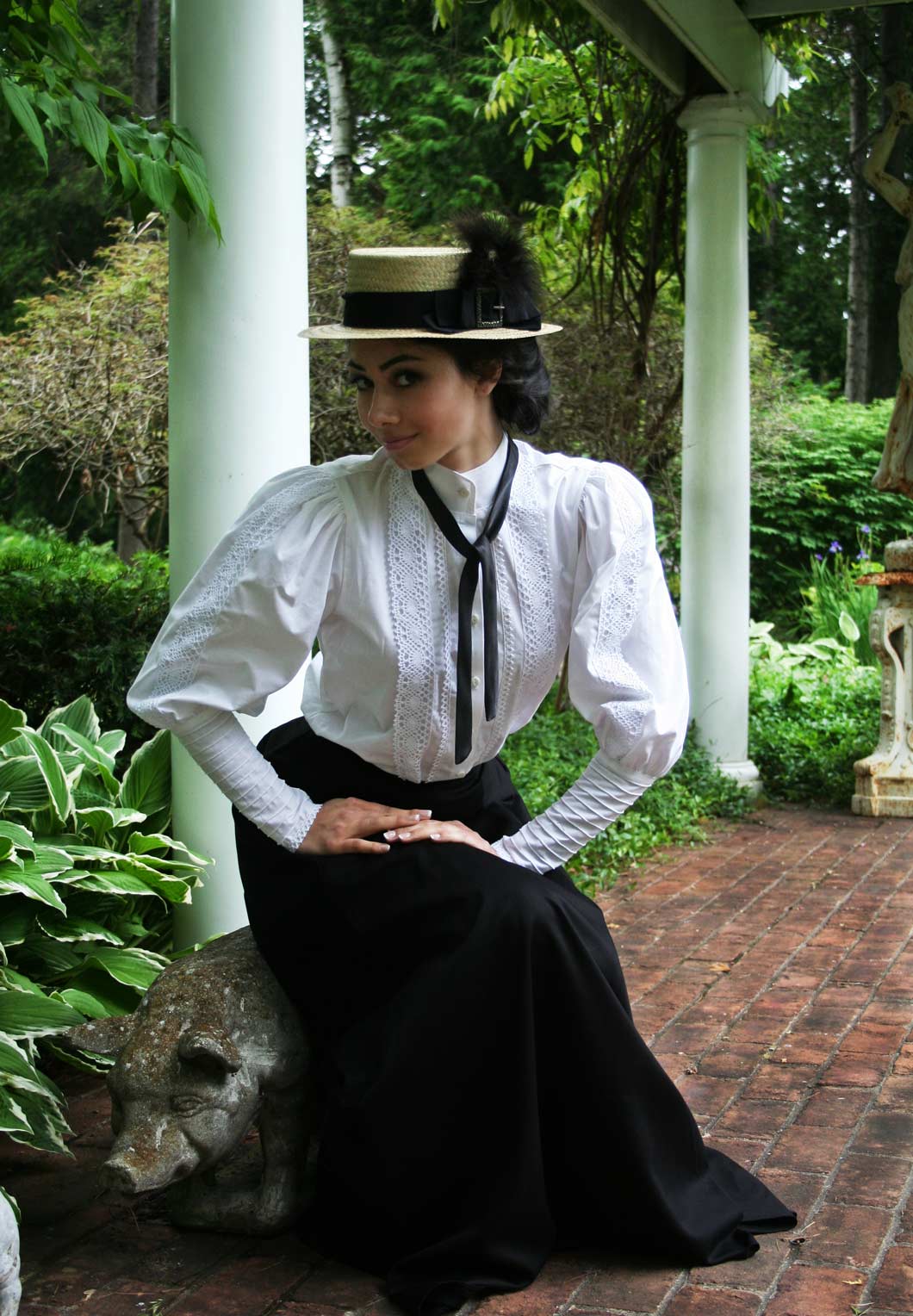
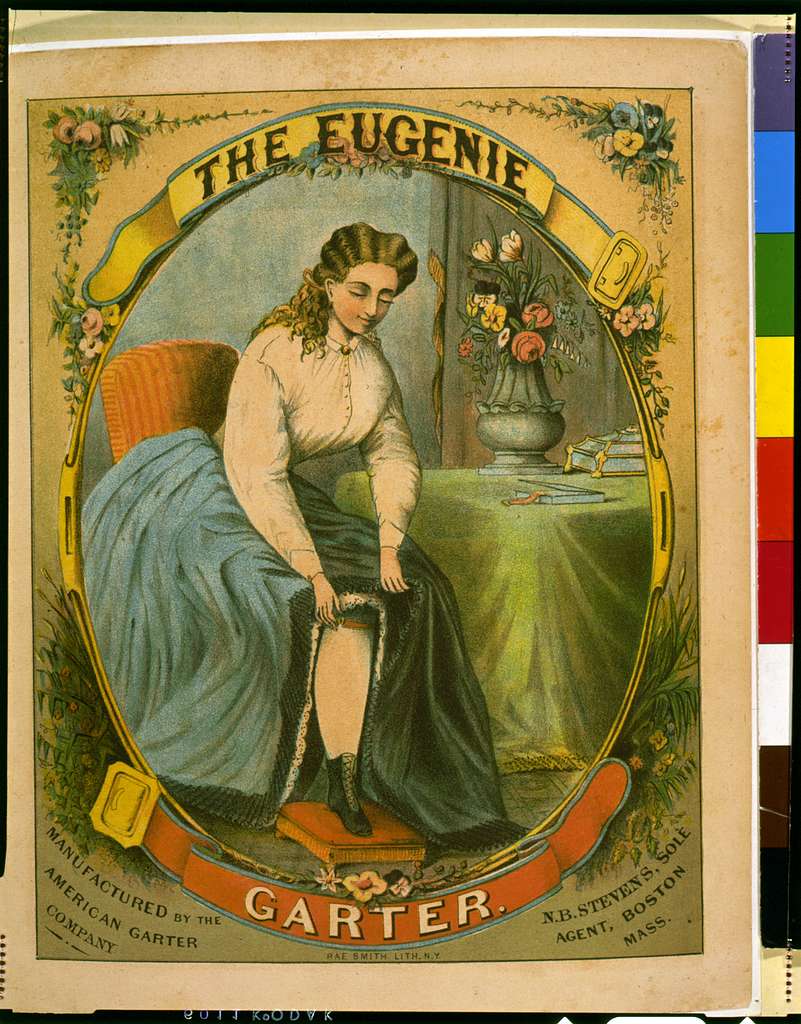
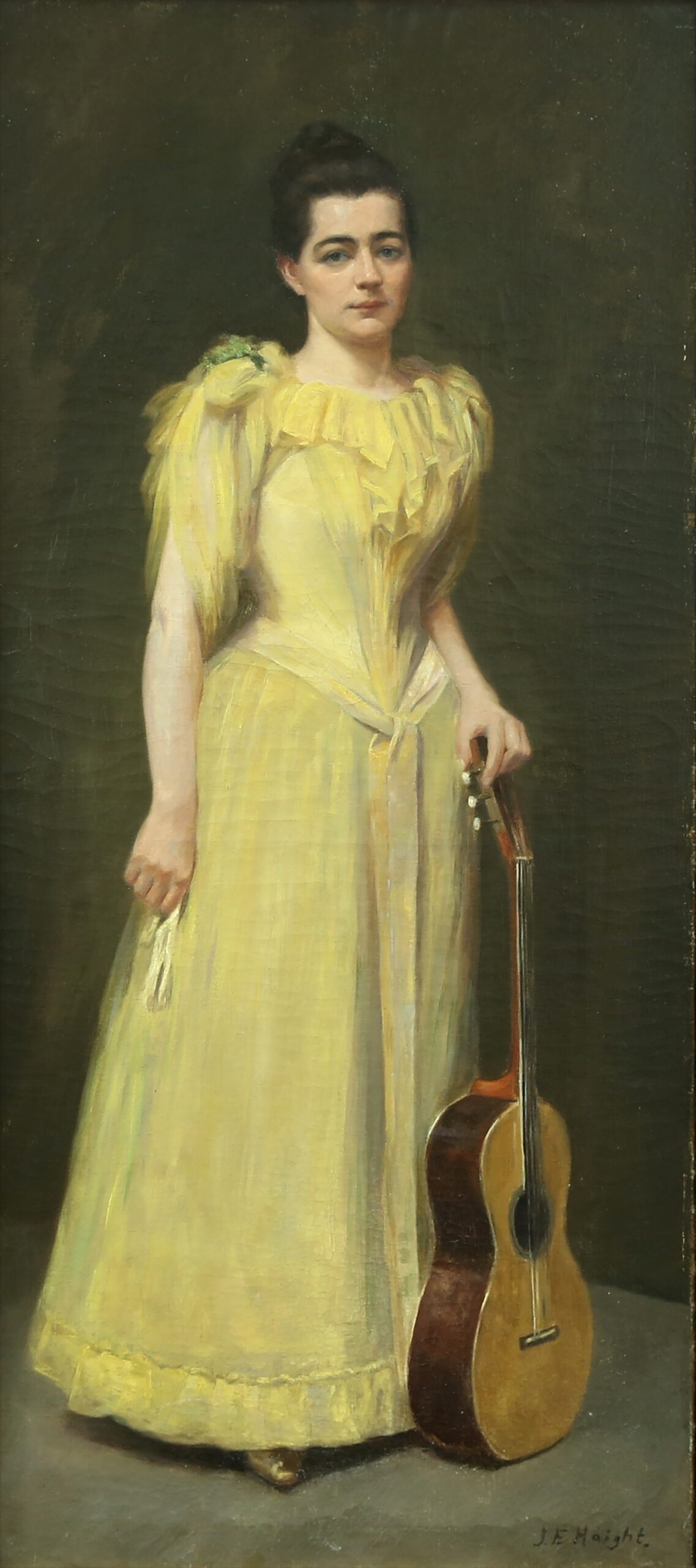
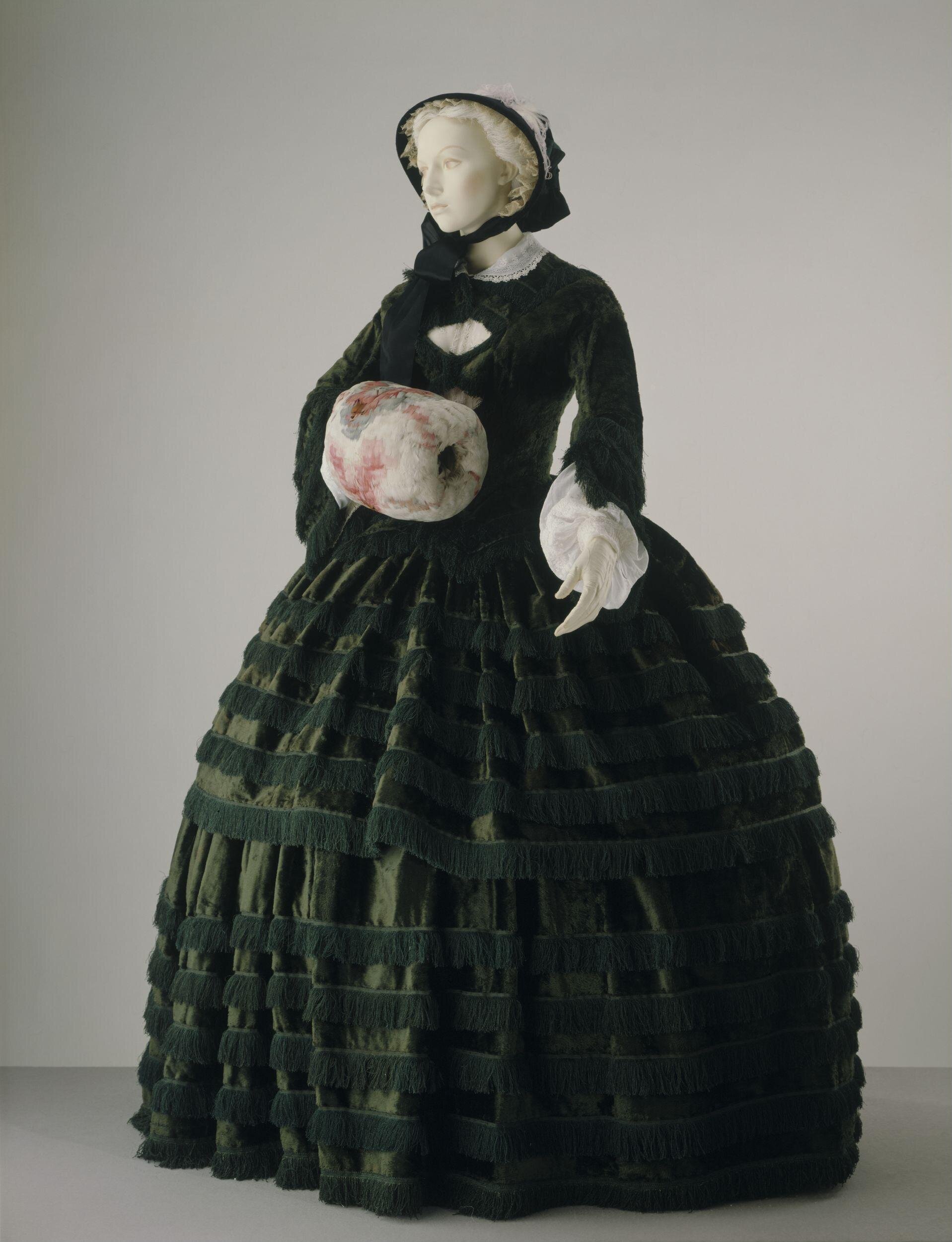
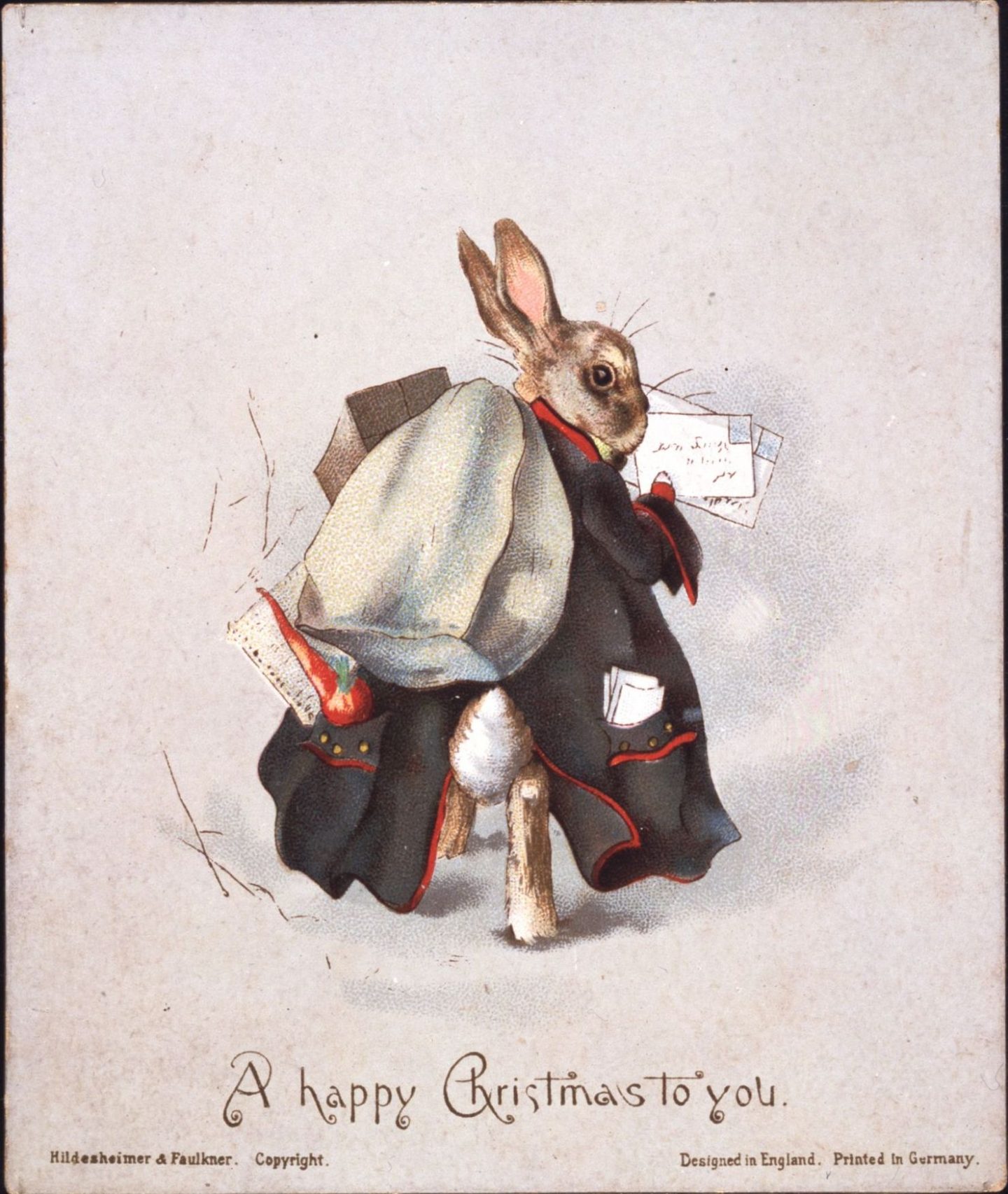
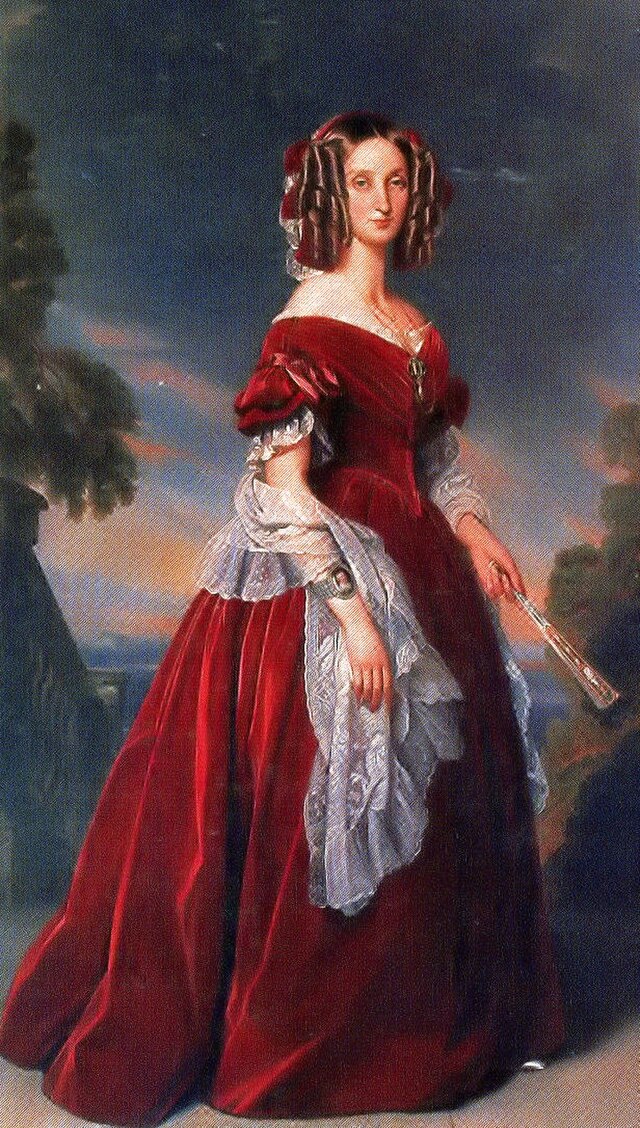
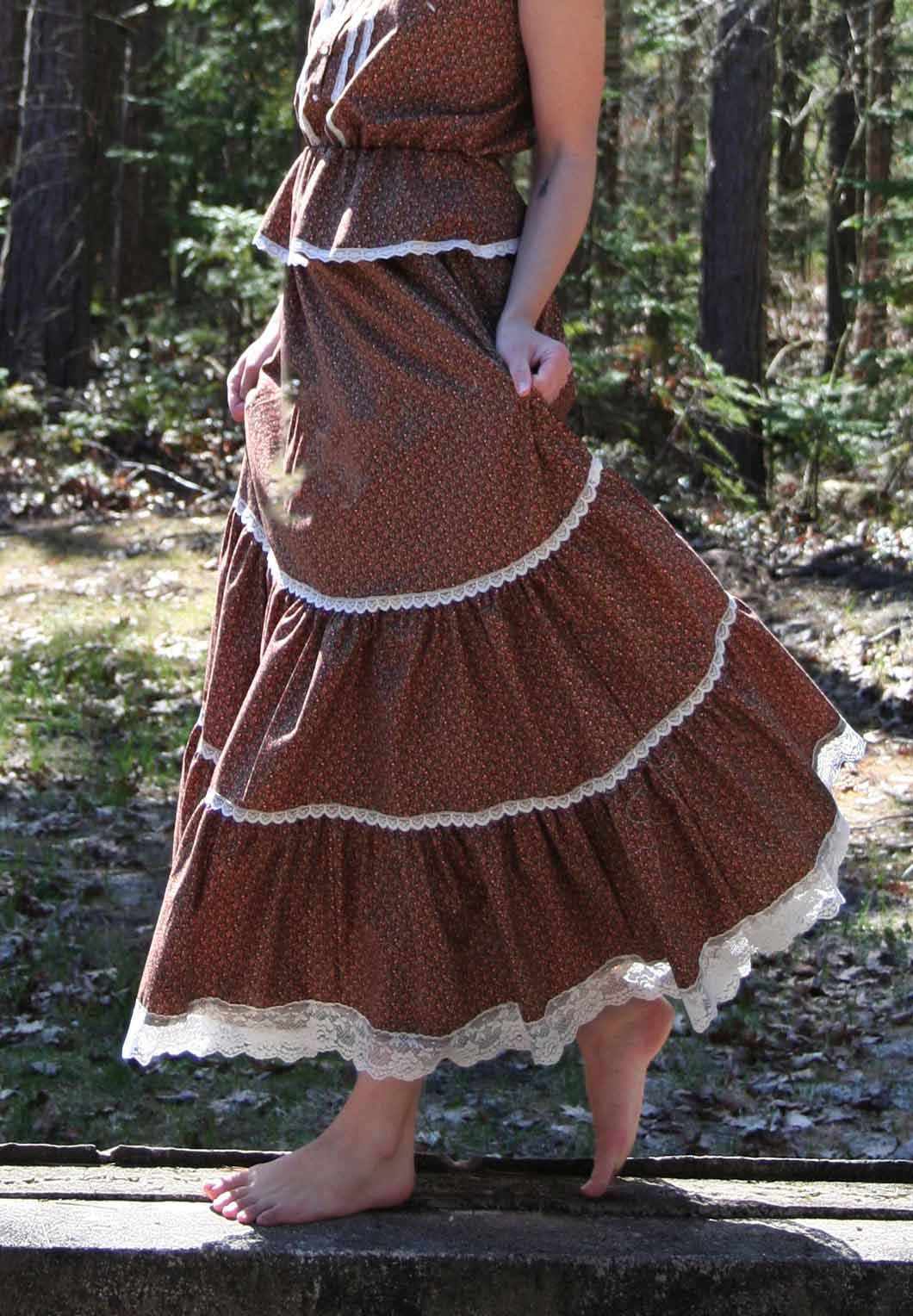
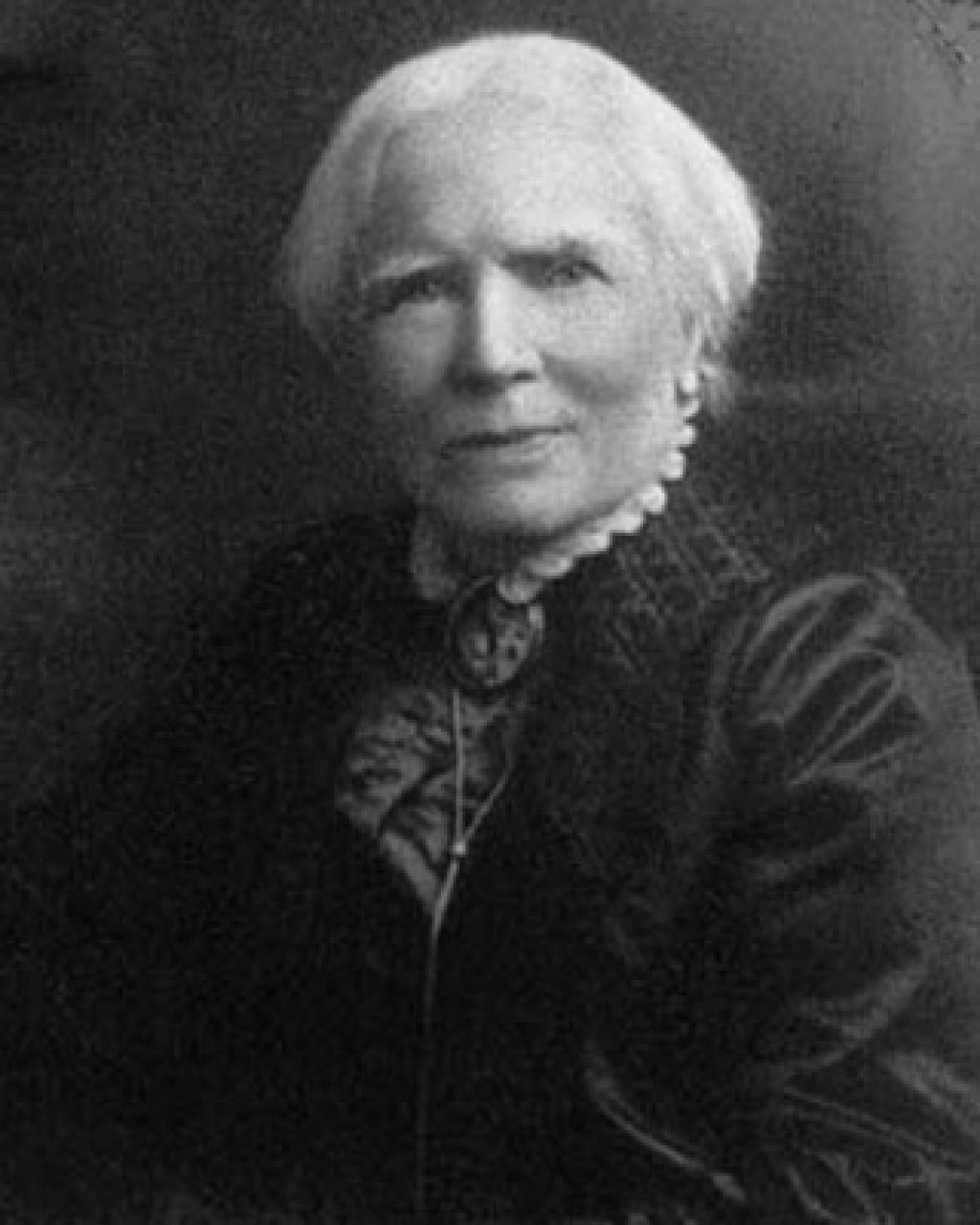
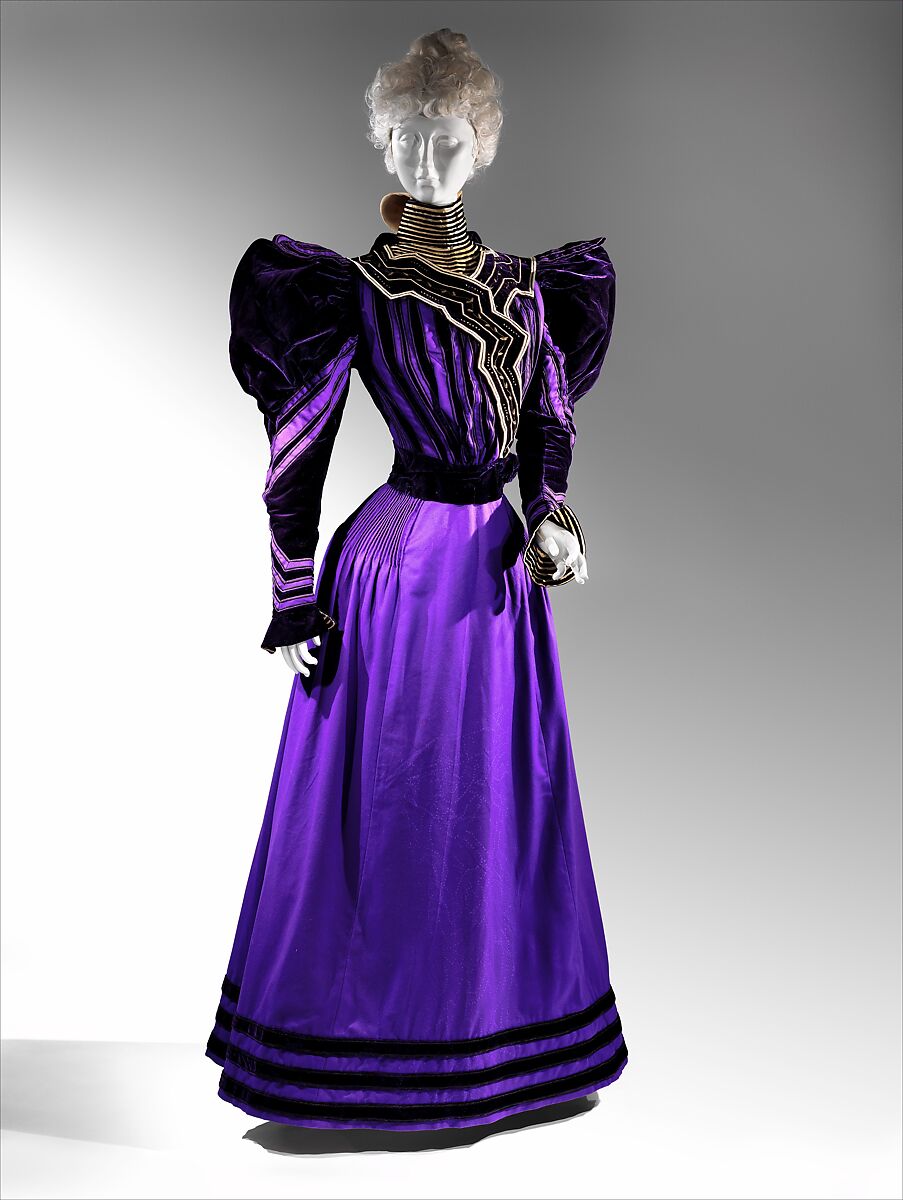
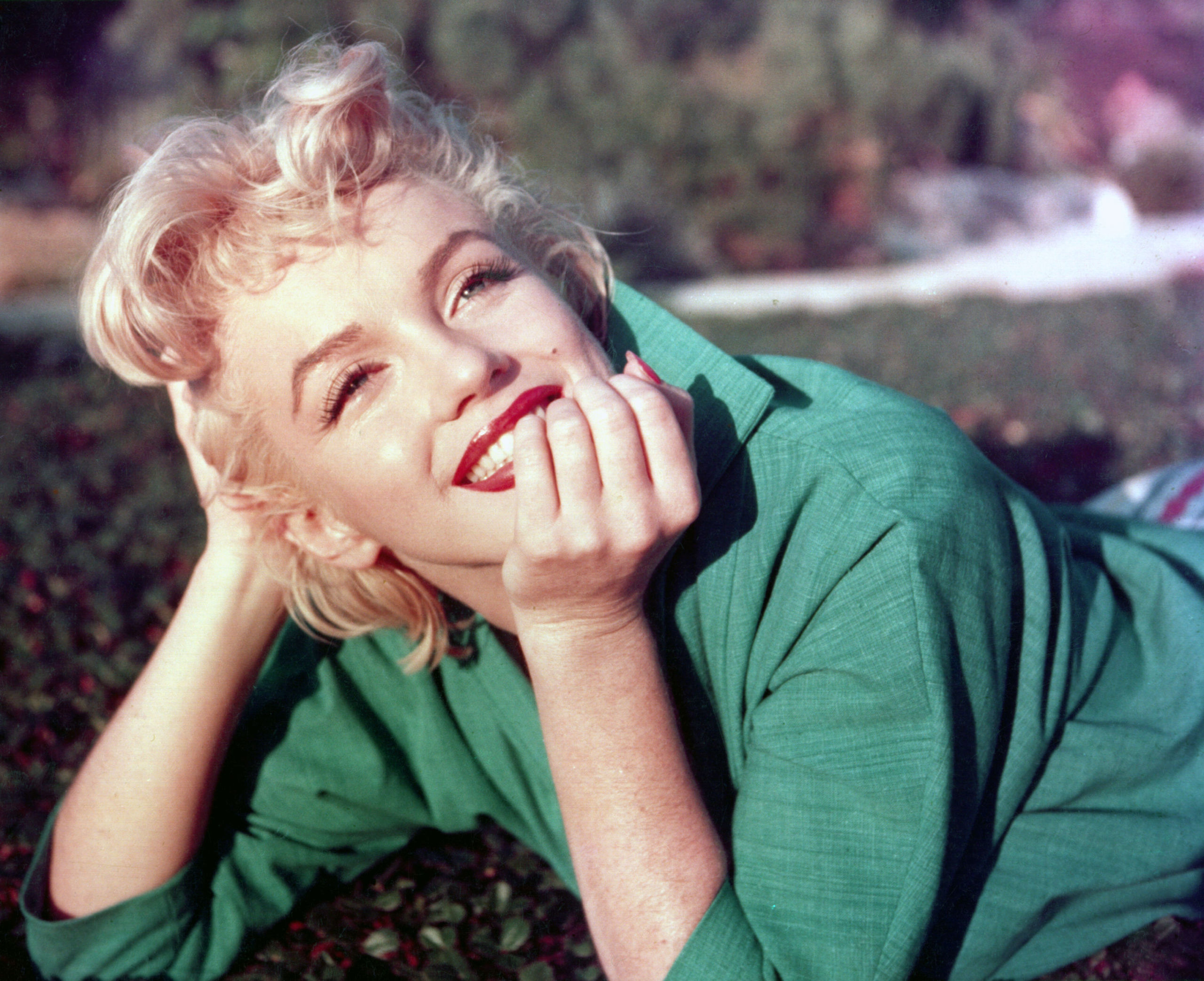
Kathleen, We think that is a great idea! We will try a few dresses – which would you like us to make for the Barbies first?
I loved this article on the Fashion Dolls! I wish I could find one for my doll collection! Recollection take note: What do you think about making Barbie size versions of your beautiful gowns to sell? I own several of your gorgeous gowns and it would be wonderful to have some Victorian fashions to dress the Barbies I’ve collected. What do you think? Thank you!